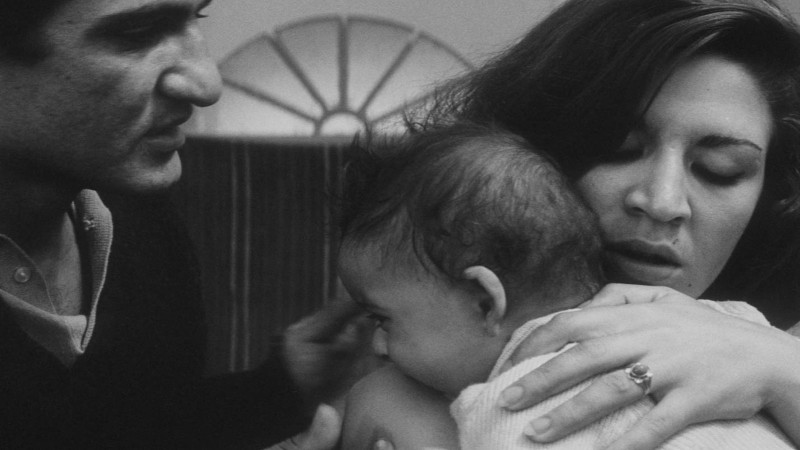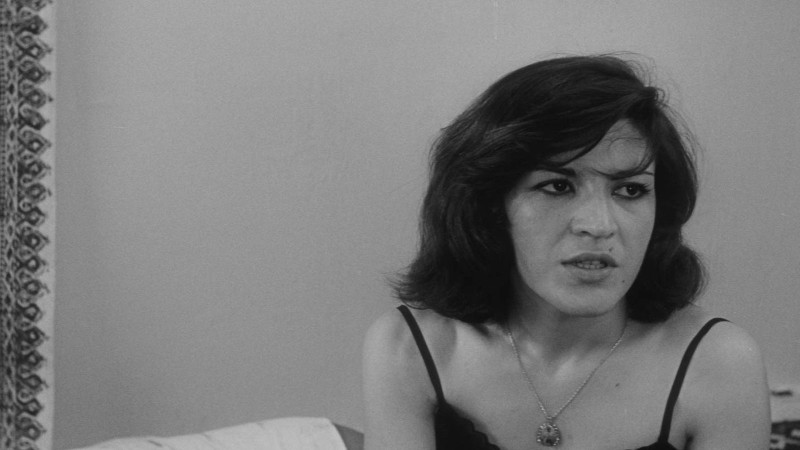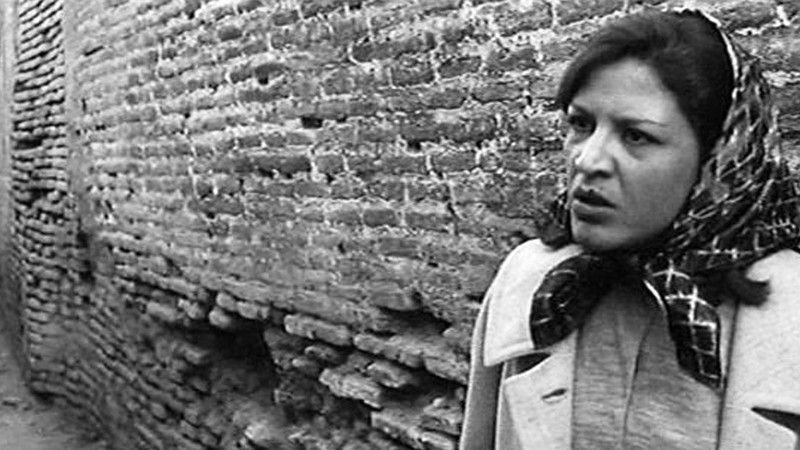Brick and Mirror
Khesht va Ayeneh
Iranian cinema’s first true modern masterpiece, released in 1964, explores fear and responsibility in the aftermath of the 1953 coup.
A Dostoyevskian tale of a Tehran cab driver’s search for the mother of an abandoned baby, Brick and Mirror presents a harrowing image of a society of corrupted morals and widespread alienation – a personal response to a particular social context that nonetheless speaks universally. The characters often talk without communicating, their soliloquies falling on the deaf ears of the endless night they inhabit. Divinity and poetry meet in unlikely places: a smoky café, an empty bazaar, an orphanage. With its title alluding to a poem by Attar (“What the old can see in a mudbrick / youth can see in a mirror”), the film moves between realism and expressionism.
———
Iranian New Wave: 1962–79 and the original film program it is based on are curated by Ehsan Khoshbakht, Codirector, Il Cinema Ritrovato, with Joshua Siegel, Curator, and La Frances Hui, Curator, Department of Film, The Museum of Modern Art, New York.


